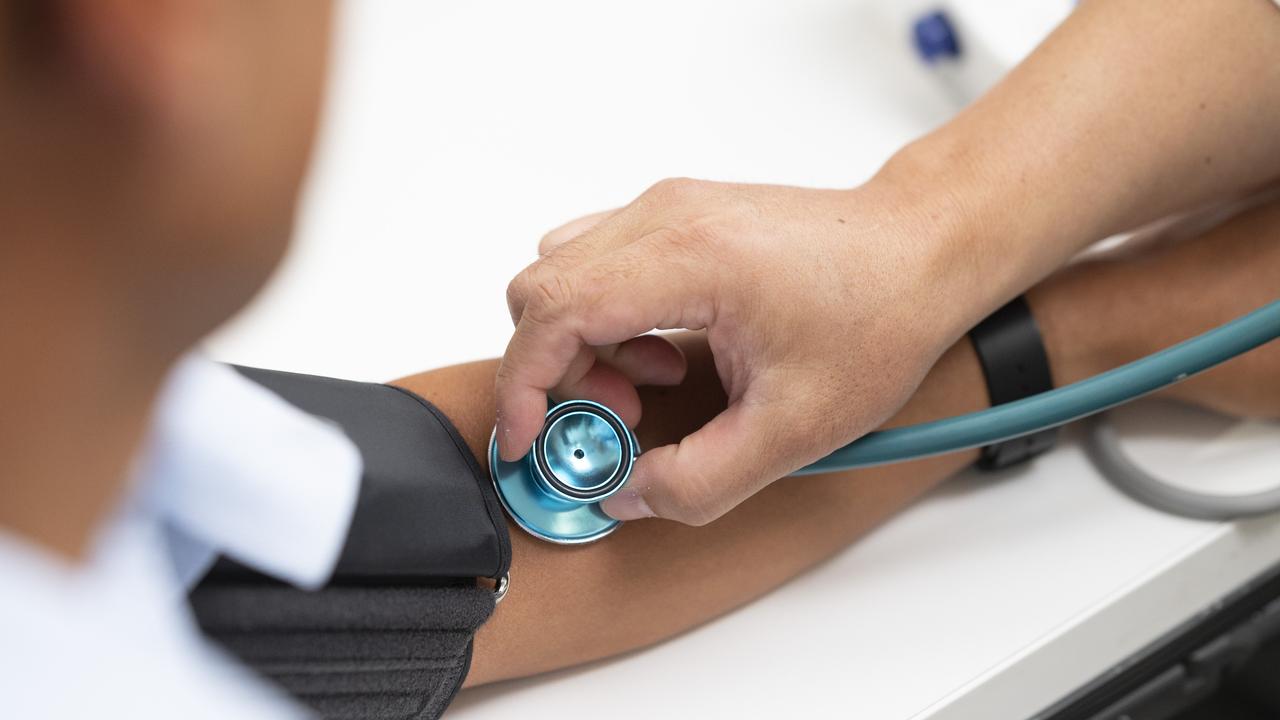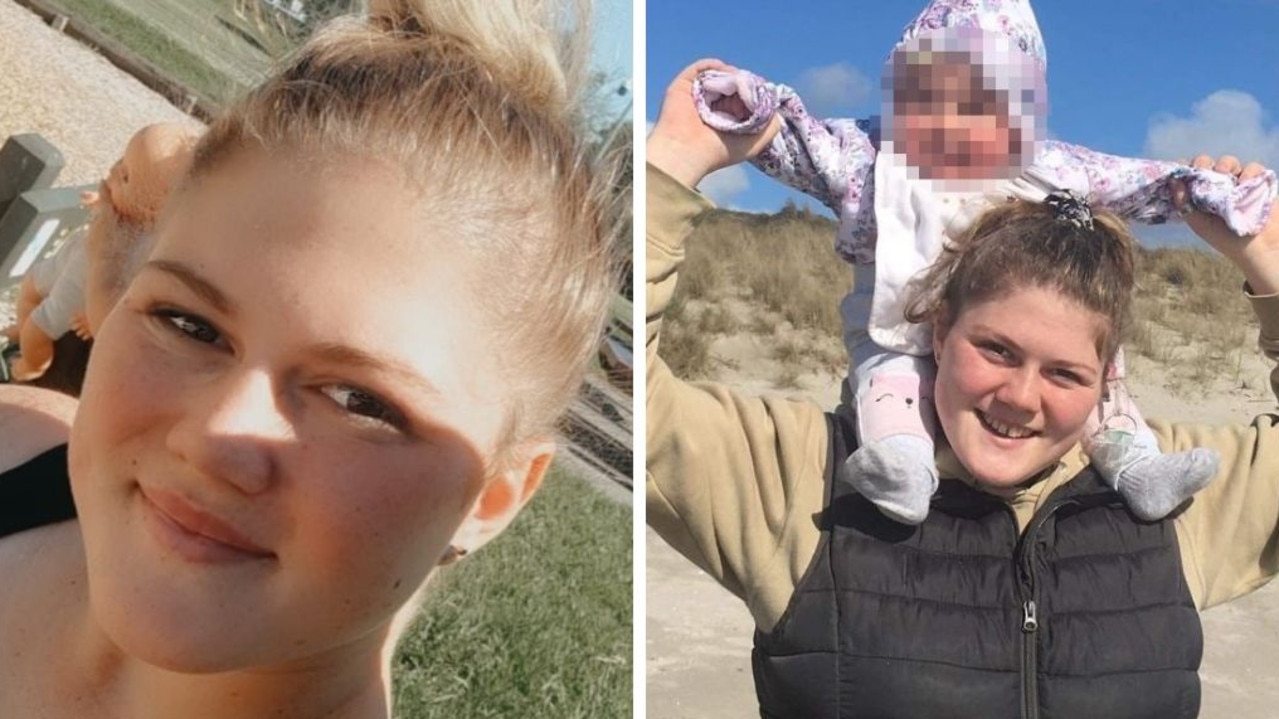Why this Covid-19 variant is landing patients in hospital in NSW, Qld and Victoria
More and more Aussies are ending up in hospital due to Covid-19 as two deadly strains wreak havoc in several states.

Illness
Don't miss out on the headlines from Illness. Followed categories will be added to My News.
A rapidly increasing number of Australians are ending up in hospital due to Covid-19 with several highly-contagious sub variants spreading across the country.
Two new Covid variants swept New South Wales over the holiday period and are being credited with a new wave of illness.
BA2.86, known as Pirola, is a mutation on the Omicron BA. 2 subvariant and is the ancestor of the current dominant JN. 1; which is responsible for more than three in five Covid cases as of January 6.
Both strains have around 60 more spike mutations than the original coronavirus and over 30 more than other Omicron variants, such as BA. 2 and XBB. 1.5.
Pirola can infect cells in the lower lungs and can enter cell membranes more efficiently than other versions of Omicron, leading to increased hospitalisations, a study by Ohio State University found.
NSW, Victoria and Queensland have all been hit by a fresh wave of infections and hospitalisations.
Around 1400 people are reporting to the state’s emergency departments with the virus and 400 being admitted to hospital each week, according to NSW Health’s Head of Health Protection James McAnulty.
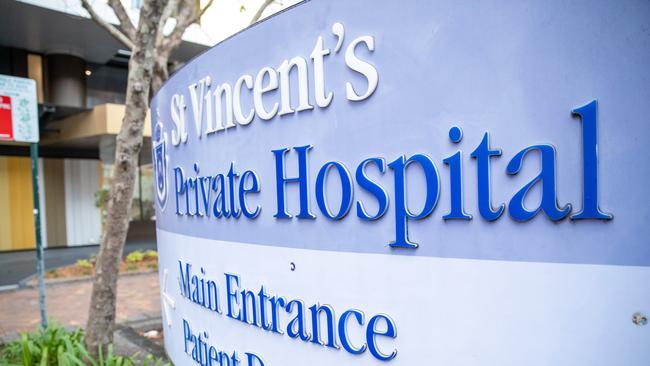
“That’s just people presenting to hospital, so we know there are many more people out there who, fortunately, are not sick enough to require hospitalisation or a visit to the emergency department,” Dr McAnulty said.
It’s a similar situation in Victoria, where 377 people, on average, are being hospitalised with Covid each week, up from 326 in early December.
Meanwhile hundreds of Queenslanders are in hospital with Covid-19 as the wave which began in October has unexpectedly persisted.
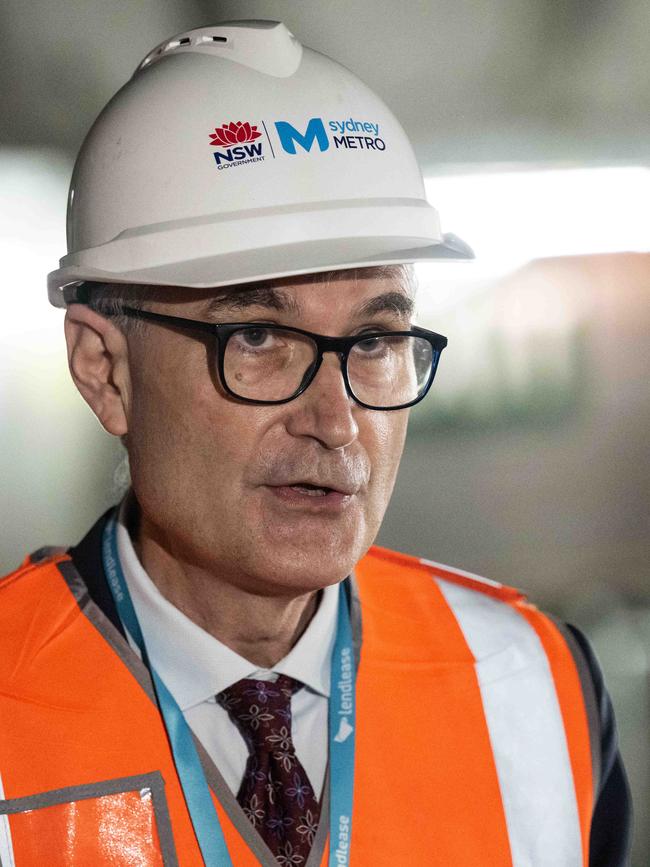
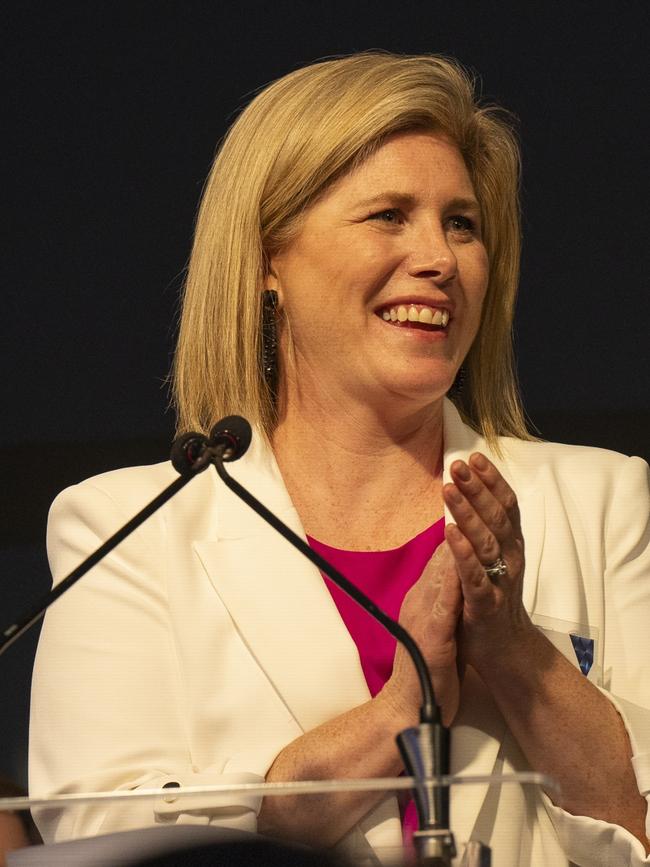
Chief health officer John Gerrard told The Courier-Mail there were still about 300 patients in Queensland hospitals with the virus which was the equivalent of filling a mid-sized hospital.
“Covid-19 hospitalisations started climbing in mid-October, initially driven by the XBB. 1.5 subvariant. Since early December, the JN. 1 subvariant has emerged and is now becoming dominant in Queensland,” he said.
“While previous waves have peaked at about six weeks, the current wave remains strong after 12 weeks. The coexistence of two subvariants appears to have caused prolonged and overlapping waves in Queensland.
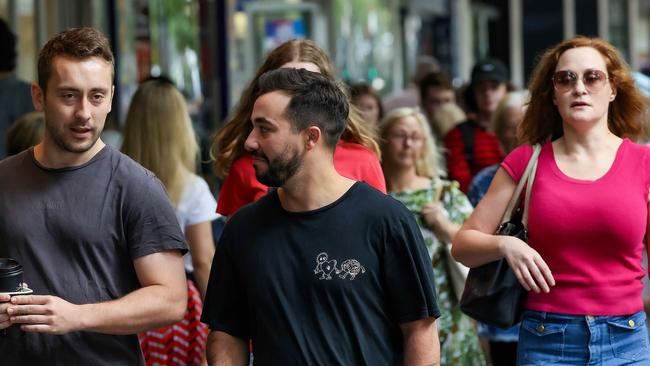
“Social interaction over the holiday period has probably also fuelled the prolonged wave.”
University of Sydney and Westmead Institute for Medical Research Professor Tony Cunningham told news.com.au that the virus has a “life of its own”.
“Basically we are getting two successive waves,” he said.
“The Omicron variants are not as pathogenic or disease-causing as Delta but they do have problems for the ageing and the immunised compromised.”
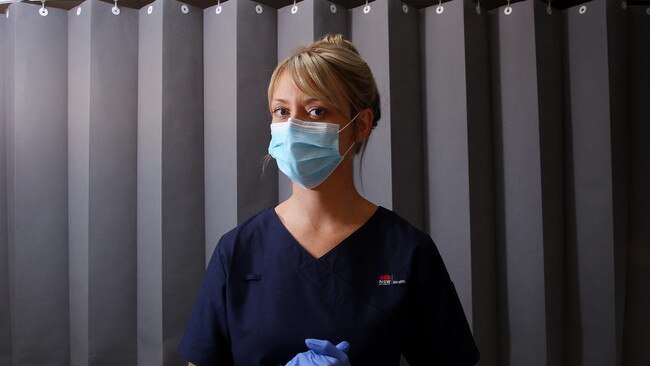
Prof Cunningham said while Delta was particularly devastating because it occurred at Christmas time in 2021 and in a population that was basically not immunised, these two variants can still lead to people needing hospital care.
“This virus is really good at changing spots, of finding ways to spread more readily and actually evade vaccines,” he said.
Prof Cunningham urged Aussies over 65 and who have comorbidities or are immunocompromised to get a booster.
Associate Professor Benjamin Schwessinger from the Australian National University described the new variant to news.com.au as “more virulent” than previous ones.
“They are more infectious,” he said.
“I am not surprised we are having another wave because we do not completely understand how Covid evolves. There was always the risk that more variants evolves.”
“There has been recombination happening, different part of the geno stitched together with another variant.”
Prof Schwessinger urged the government to consider bringing back masks in high risk settings such as hospitals and aged care facilities, as in Spain, to prevent further large-scale outbreaks.
Originally published as Why this Covid-19 variant is landing patients in hospital in NSW, Qld and Victoria




